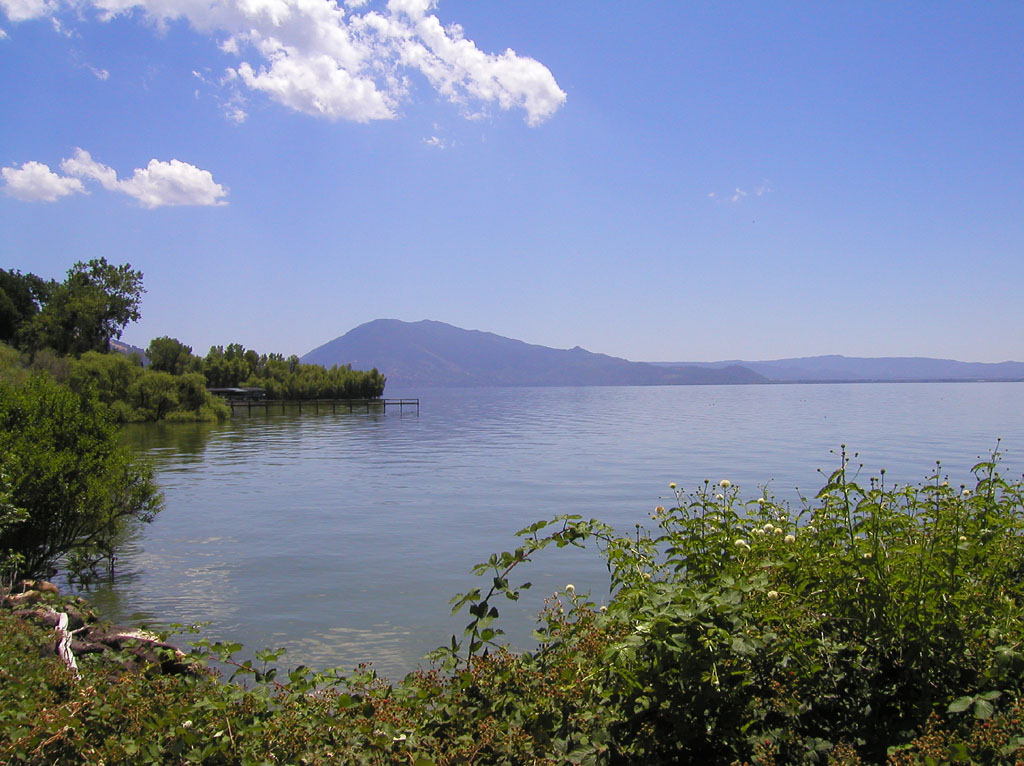“A lake is a landscape’s most beautiful and expressive feature. It is Earth’s eye; looking into which the beholder measures the depth of his own nature.”
– Henry David Thoreau
What is the depth of our nature?
Thoreau suggests we can measure this as we look into Earth’s “most beautiful and expressive feature.” Unfortunately, our view may be distorted by mercury contamination in some U.S. waterways, particularly in California.
However, the culprit behind the pollutant may not be what most think. Rather it is the lingering effect of a practice long since banished.
A Time of Growth in the West Results in Tremendous Ecological Disaster
While many believe that mercury contamination resulted from the improper disposal of products such as mercury-containing thermostats, batteries, and light bulbs, its genesis is actually tied to an important time in America’s evolution.
During the Gold Rush era, (1848 -1900), it is estimated that 13,000 tons of mercury were used to mine gold in Northern California. Its purpose was to separate gold and silver from ore.
While this system has long since stopped in the U.S., the mounds of mercury lost to the environment, over a hundred years ago, is still a problem.
Mercury is an Element that Does Not Break Down
Mercury moves throughout the environment; through land, water and the atmosphere. Moreover, it builds up in humans and animals. Small, incremental exposures become toxic over time. This puts tribes like the Pomo Indians, who rely on fish from bodies of water, including Clear Lake, at risk for mercury poisoning.
A University of California Davis study estimates that Lake Clear, which is North America’s oldest lake, “contains over 100 tons of mercury today.” This is extraordinary when you consider that just one gram is enough to contaminate a lake of this size.
California and the EPA Take an Important Step
On 19 July, 2017, the United States Environmental Protection Agency (EPA) announced new water quality criteria for mercury in California waters. This new rule sets limits of mercury in fish tissue to protect human health and aquatic-dependent wildlife, reported the European Virtual Institute for Speciation Analysis (EVISA).
The new rules set five water quality criteria for mercury in fish tissue for subsistence fishing, prey fish and sport fishing. These new criteria set numeric limits on the amount of methylmercury found in various categories of fish (i.e. subsistence fishing and sport fishing.) The new limits are designed to protect people from toxic levels of mercury.
“We commend the State Water Resource Control Board for working with numerous tribes and dischargers to develop and adopt water quality standards for protecting human health and wildlife throughout the state from the harmful effects of mercury,” said Alexis Strauss, EPA’s Acting Regional Administrator for the Pacific South West.
In the Earth’s Eye
Speaking ahead of his time, Thoreau reminds us of the importance in caring for our waterways. The new regulations bring us several steps closer to doing just that. By implementing these rules, communities surrounding Clear Lake will soon gaze into this “beautiful and expressive” body of water and bask in a clearer reflection of the depths of their own humanity.


